LEGO® Therapy: How Building with LEGO® Bricks Can Aid in Child Development and Therapy
I. Introduction

LEGO®, a name derived from the Danish words "leg godt," meaning "play well," has transcended its origins as a simple toy to become a global phenomenon. Since its inception in 1932, LEGO® has captivated the imaginations of children and adults alike with its colorful interlocking bricks. These bricks, initially designed as a playful pastime, have evolved into tools that foster creativity, innovation, and endless possibilities. From towering castles to intricate cityscapes, the versatility of LEGO® has made it one of the most beloved and enduring toys in history.
Yet, beyond the realm of recreational play, LEGO® has found a profound purpose in the therapeutic world. Enter the concept of LEGO® therapy. This innovative approach harnesses the power of LEGO® bricks to aid in child development and therapy. It's not just about building structures; it's about building skills, confidence, and connections. LEGO® therapy offers a structured environment where children can express themselves, collaborate with others, and develop essential life skills. As we delve deeper into this topic, we'll uncover the transformative impact of LEGO® therapy and how it's reshaping the way we view play and development.
II. History of LEGO® Therapy
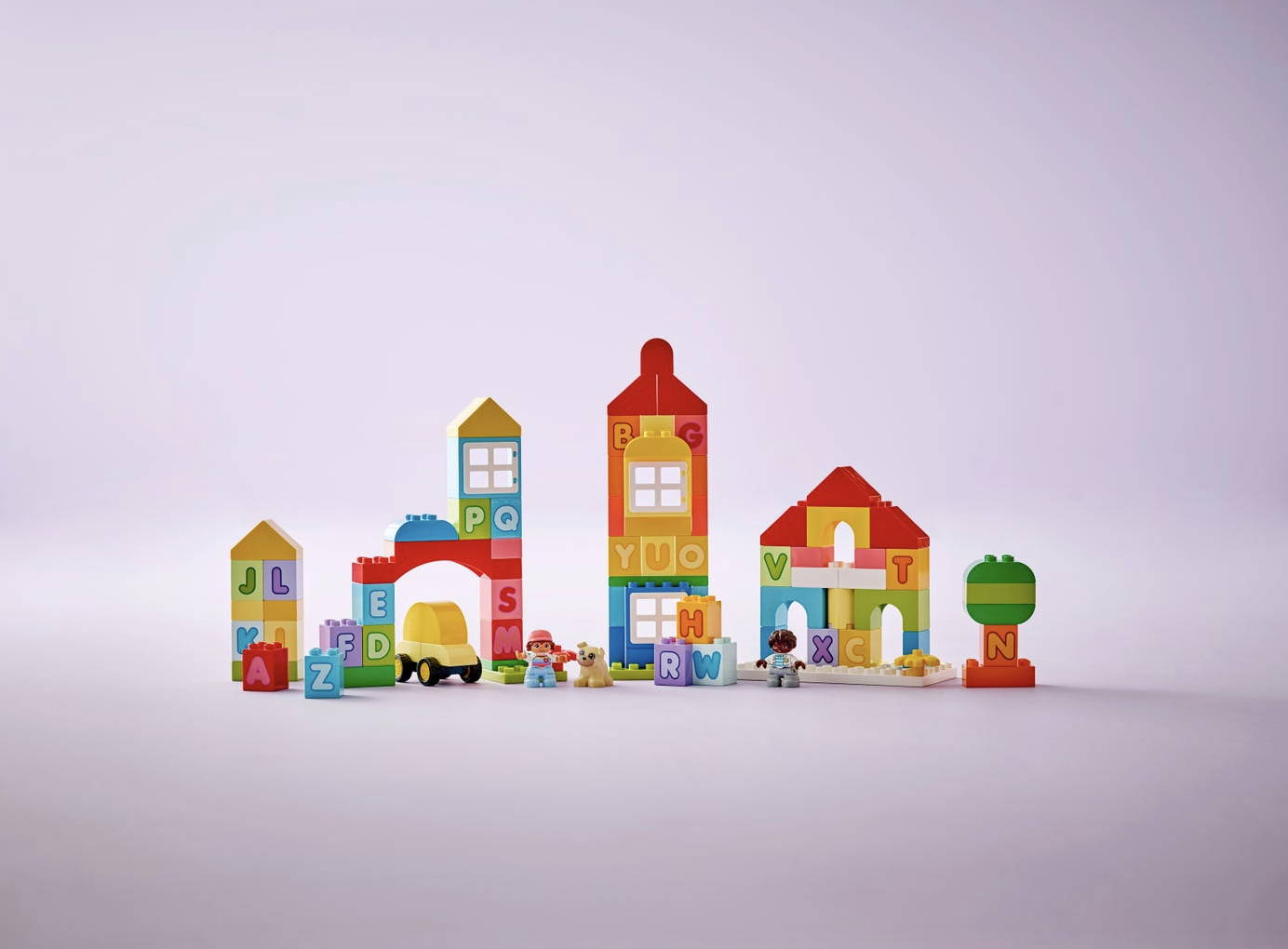
The journey of LEGO® therapy began not with the intent of therapeutic intervention but from the simple observation of children at play. In the early 1990s, Danish psychologist and play therapist, Ole Kirk Kristiansen, noticed that while playing with LEGO® bricks, children were not just constructing objects but were also building communication skills, patience, and problem-solving abilities. This observation sparked the idea that LEGO® could be more than just a toy; it could be a tool for therapy.
The formal development of LEGO® therapy can be credited to Dr. Daniel LeGoff, a neuropsychologist in the United States. In the late 1990s, Dr. LeGoff observed two children with autism spectrum disorder (ASD) engaging in cooperative play while building a LEGO® project. This was a significant observation, as children with ASD often struggle with social interactions. Recognizing the potential, Dr. LeGoff began to develop structured group sessions where children would collaborate on LEGO® building projects, fostering communication and teamwork. His pioneering work laid the foundation for what we now recognize as LEGO® therapy.
Over the years, LEGO® therapy has seen several milestones. Research studies began to validate its effectiveness, especially for children with ASD. Therapists worldwide started incorporating LEGO-based interventions into their practices. In 2004, the first official LEGO® therapy manual was published, providing guidelines and best practices for professionals.
Today, LEGO® therapy has expanded beyond ASD to aid children with a range of developmental and emotional challenges. It stands as a testament to the power of play and the vision of those early pioneers who saw potential in every brick.
III. The Principles of LEGO® Therapy
LEGO® therapy is underpinned by a set of core principles that guide its application and ensure its effectiveness. These principles are not just about playing with bricks but are rooted in established therapeutic techniques and developmental psychology. Let's delve into these foundational principles:
1. Collaborative Play: Building Together and Sharing Ideas
At the heart of LEGO® therapy is the emphasis on collaborative play. Unlike solitary play, where a child builds independently, collaborative play encourages children to work together, share ideas, and create a joint project. This form of play is especially beneficial for children who struggle with social interactions, such as those with autism spectrum disorder. By working together on a LEGO® build, children learn to communicate their ideas, listen to others, negotiate, and compromise. They also experience the joy of shared achievement, fostering a sense of camaraderie and mutual respect.
2. Structured Environment: Following Instructions and Creating Custom Designs
LEGO® therapy is not a free-for-all. It provides a structured environment where children can thrive. There are two main approaches within this structure. The first is following the instructions provided in LEGO® sets. This approach helps children develop attention to detail, patience, and the ability to follow sequential steps. It also offers a sense of accomplishment upon completing a build as per the manual.
The second approach encourages children to create custom designs from their imagination. This free-building mode fosters creativity, innovation, and self-expression. It allows children to showcase their unique ideas and perspectives, building confidence in their abilities.
3. Goal-oriented Tasks: Completing Specific Builds or Challenges
Every LEGO® therapy session has a purpose. Therapists set specific goals or challenges for the children to achieve. These could range from building a particular structure, recreating a scene, or even storytelling through LEGO. These goal-oriented tasks provide direction and purpose to the play session. They challenge children to think critically, strategize, and work towards a tangible outcome. Achieving these goals boosts their self-esteem and provides a sense of accomplishment.
In conclusion, the principles of LEGO® therapy are meticulously designed to harness the therapeutic potential of LEGO® bricks. By emphasizing collaborative play in a structured environment and setting goal-oriented tasks, LEGO® therapy offers a holistic approach to child development, ensuring that every session is both fun and fruitful.
IV. Benefits of LEGO® Therapy in Child Development
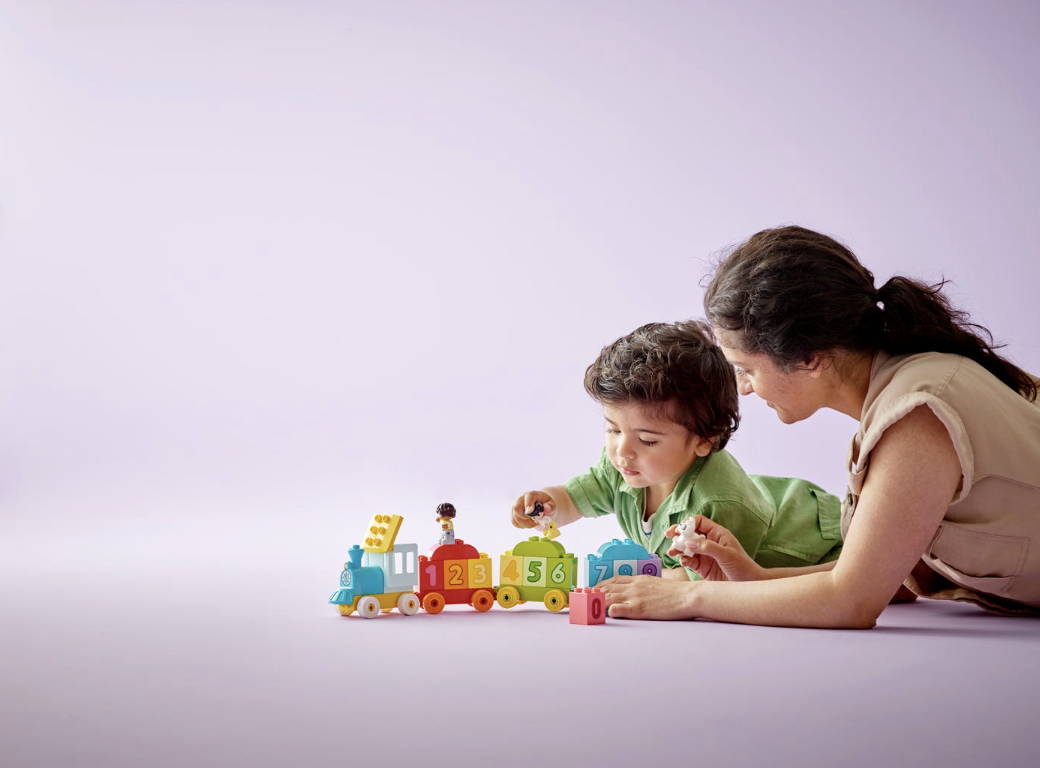
The transformative power of LEGO® therapy lies in its multifaceted benefits that cater to various aspects of child development. By integrating play with therapeutic principles, LEGO® therapy offers a unique approach to fostering essential skills in children. Let's explore these benefits in detail:
A. Cognitive Development
1. Problem-solving skills: Every LEGO® build presents a series of challenges. Whether it's figuring out which brick fits where, understanding the mechanics of a moving part, or deciding on the best way to achieve a desired design, children are constantly faced with problems to solve. As they navigate these challenges, they develop critical thinking skills, learn to approach problems from different angles, and devise innovative solutions. Over time, these problem-solving skills become ingrained, equipping children with the ability to tackle complex tasks and challenges in other areas of life.
2. Spatial awareness: Building with LEGO® bricks requires a keen sense of space. Children must understand how different pieces fit together, visualize three-dimensional structures from two-dimensional instructions, and anticipate how changes to one part of a build might affect the whole. This constant engagement with spatial relations sharpens their spatial intelligence. Such skills are not only crucial for tasks like reading maps or packing a bag but also form the foundation for more advanced skills in fields like architecture, engineering, and design.
B. Social Skills Development
1. Teamwork: Collaborative builds in LEGO® therapy sessions necessitate teamwork. Children learn the importance of working together towards a common goal. They experience firsthand the value of each team member's contribution and how combining individual strengths can lead to a more impressive and cohesive final product. This collaborative approach instills in children the importance of cooperation, mutual respect, and shared responsibility.
2. Communication: Effective communication is a cornerstone of LEGO® therapy. Children are encouraged to articulate their ideas, express their preferences, and provide feedback to their peers. This continuous exchange of information fosters effective verbal communication skills. Moreover, children also develop non-verbal communication abilities as they interpret gestures, facial expressions, and body language during play sessions. Such skills are invaluable in everyday interactions, helping children convey their thoughts clearly and understand others better.
3. Conflict resolution: Disagreements are a natural part of collaborative play. Two children might have different visions for a build, or there might be a dispute over the use of a particular LEGO® piece. Instead of allowing these conflicts to escalate, LEGO® therapy provides a safe environment for children to learn conflict resolution. They are guided to discuss their differences, negotiate, and find a middle ground. This proactive approach to conflict teaches children the importance of empathy, active listening, and compromise.
In essence, LEGO® therapy is not just about building structures; it's about building minds. The cognitive and social skills nurtured during these sessions equip children with tools that will benefit them throughout their lives, both in personal and professional spheres.
C. Emotional Development
Emotional development is a crucial aspect of a child's growth, influencing their self-awareness, interpersonal relationships, and overall well-being. LEGO® therapy, with its structured yet creative approach, offers a unique platform to nurture and enhance these emotional competencies.
1. Patience and Perseverance: Building with LEGO®, especially intricate designs, requires a significant amount of patience. Not every piece fits on the first try, and not every design comes to fruition immediately. Children learn to persevere, understanding that setbacks are a natural part of the building process. They develop the resilience to try again, to re-evaluate their approach, and to persist until they achieve their desired outcome. This patience and perseverance, cultivated brick by brick, prepare children to face challenges in life with a calm and determined mindset.
2. Boosting Self-Esteem: There's an undeniable sense of pride and accomplishment in turning a pile of individual bricks into a coherent structure or scene. As children complete their builds, they gain confidence in their abilities. They learn to appreciate their creativity, problem-solving skills, and attention to detail. This boost in self-esteem extends beyond the LEGO® table, encouraging children to take pride in their achievements and believe in their capabilities in other areas of life.
3. Expressing Emotions: LEGO® provides a medium for children to express their emotions in a tangible way. They can create scenes that reflect their feelings, build characters that represent their moods, or even design abstract structures that resonate with their emotional state. For children who might find it challenging to articulate their feelings verbally, LEGO® offers an alternative form of emotional expression. Therapists can then use these creations as conversation starters, helping children explore and understand their emotions better.
In conclusion, LEGO® therapy's impact on emotional development is profound. By offering a safe, creative space for children to explore, express, and understand their emotions, it lays the foundation for emotional intelligence and resilience.
V. LEGO® Therapy in Clinical Settings
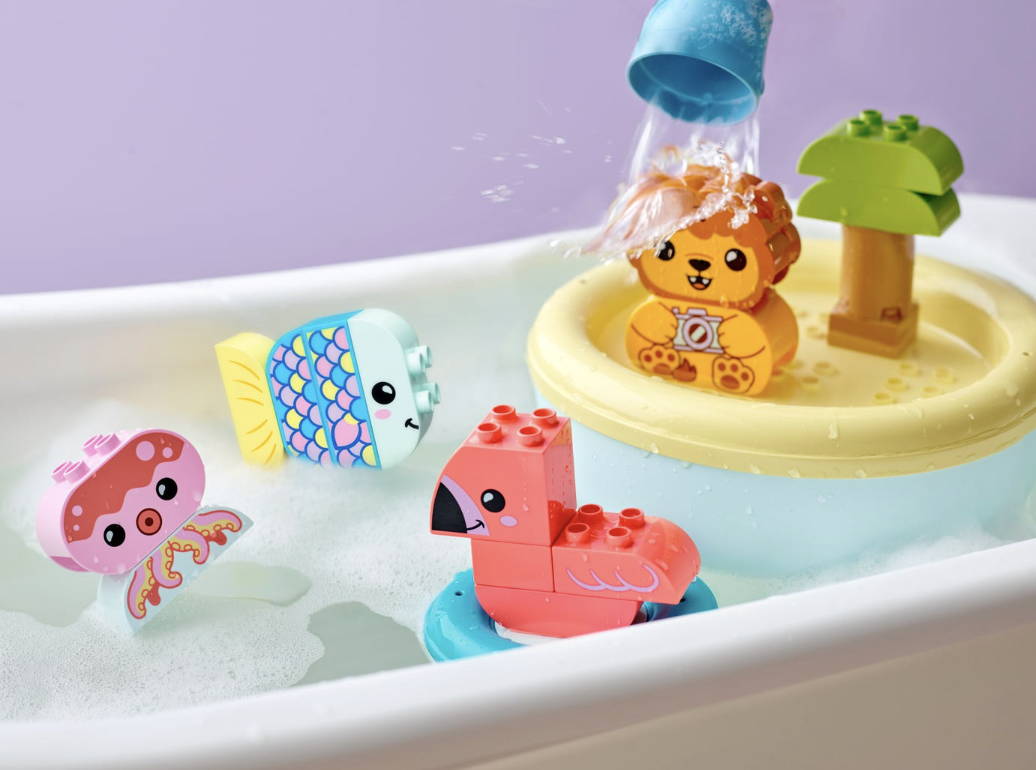
The versatility of LEGO® therapy extends beyond general child development, finding significant applications in clinical settings. Therapists have recognized the potential of LEGO® as a therapeutic tool, especially for children with specific developmental and emotional challenges. One of the most notable areas where LEGO® therapy has made a profound impact is in the treatment and support of children with Autism Spectrum Disorder (ASD).
A. Autism Spectrum Disorder (ASD)
1. Enhancing Social Interaction and Communication: One of the primary challenges faced by children with ASD is difficulty in social interactions and communication. Traditional therapeutic methods might not always resonate with them, making it crucial to find alternative approaches. LEGO® therapy, with its structured yet engaging format, offers a solution. By encouraging collaborative builds, children with ASD are gently nudged into social interactions. They learn to share ideas, wait for their turn, and communicate their thoughts. Over time, these sessions can significantly enhance their ability to interact with peers, understand social cues, and express themselves more effectively.
2. Structured Play Catering to the Strengths of Children with ASD: Children with ASD often thrive in structured environments. The predictability and clear guidelines provide a sense of security and reduce anxiety. LEGO®, with its step-by-step instructions and defined outcomes, offers this structured environment. Moreover, many children with ASD have a keen attention to detail and a natural affinity for systematic tasks – strengths that align perfectly with LEGO® building. By channeling their innate abilities into LEGO® projects, therapists can engage children with ASD in a manner that is both therapeutic and enjoyable for them. It's not just about playing; it's about leveraging their strengths to foster development and growth.
Furthermore, the tactile nature of LEGO® bricks can be soothing for many children with ASD. The act of connecting bricks, feeling their texture, and focusing on the build can have a calming effect, making LEGO® therapy sessions a safe haven for these children.
In the realm of ASD, LEGO® therapy is more than just a therapeutic tool; it's a bridge to a world where children can communicate, interact, and express themselves with greater ease and confidence. By tapping into their strengths and providing a structured yet creative outlet, LEGO® therapy offers hope, support, and tangible results for children with Autism Spectrum Disorder.
B. Attention Deficit Hyperactivity Disorder (ADHD)
Children with Attention Deficit Hyperactivity Disorder (ADHD) often grapple with challenges related to focus, impulsivity, and hyperactivity. Traditional therapeutic and educational methods might sometimes fall short in engaging them effectively. This is where LEGO® therapy steps in as a game-changer.
1. Improving Focus and Concentration: Building with LEGO® requires attention to detail, patience, and a systematic approach. For children with ADHD, engaging in LEGO® building projects can serve as a practice ground for honing their concentration skills. As they follow instructions, search for specific bricks, and work towards completing a build, they inadvertently train their minds to focus on the task at hand, reducing distractions.
2. Providing a Calming and Structured Activity: The tactile nature of LEGO® bricks and the repetitive action of connecting them can have a calming effect on children with ADHD. The structured environment of LEGO® therapy, with clear guidelines and tangible outcomes, provides a sense of predictability and security, reducing impulsivity and hyperactive behaviors.
C. Anxiety and Stress
In today's fast-paced world, even children are not immune to the pressures of anxiety and stress. LEGO® therapy offers a therapeutic escape, helping children navigate these emotional challenges.
1. The Therapeutic Nature of Building and Creating: Immersing oneself in the act of building and creating with LEGO® can be meditative. The focus shifts from external stressors to the present moment, allowing children to experience a state of flow and relaxation.
2. Using LEGO® as a Distraction and Coping Mechanism: When overwhelmed with anxiety or stress, children can turn to LEGO® building as a distraction. By channeling their energy into a constructive activity, they can momentarily distance themselves from the source of their anxiety, giving their minds a much-needed break. Over time, LEGO® building can become a coping mechanism, empowering children to manage their emotions better.
VI. Implementing LEGO® Therapy at Home
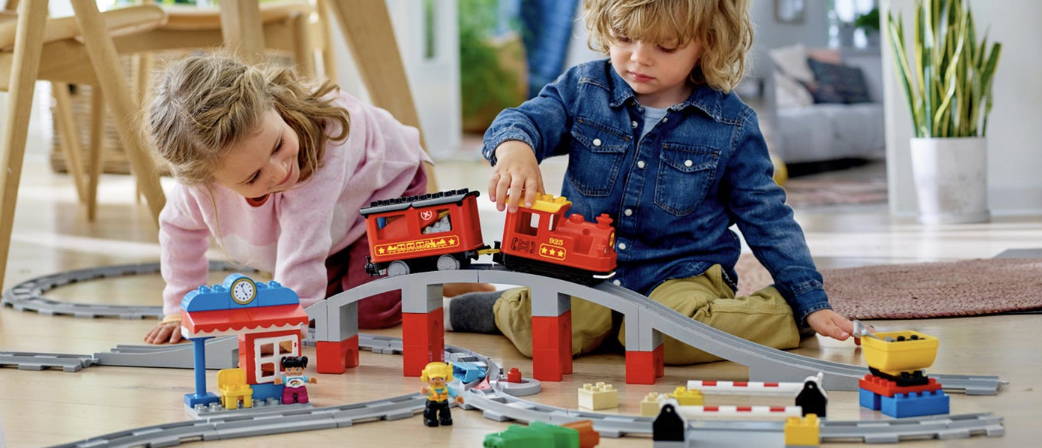
While LEGO® therapy is often associated with clinical settings and trained therapists, its principles can be seamlessly integrated into a home environment. Parents and caregivers can harness the therapeutic benefits of LEGO® to aid their child's development and address specific challenges. Here's a guide to implementing LEGO® therapy at home:
1. Setting Up a Conducive Environment: The first step is to create a dedicated space for LEGO® play. This doesn't necessarily mean a separate room but can be a corner of the child's bedroom or a section of the living room. Ensure the space is well-lit, free from distractions, and equipped with a comfortable seating arrangement. A table or a flat surface is essential for building, and storage containers can help organize the bricks. This dedicated space becomes a safe haven for the child, a place where they can explore, create, and express without any inhibitions.
2. Choosing Appropriate LEGO® Sets Based on Age and Skill Level: LEGO® offers a wide range of sets catering to different age groups and skill levels. For younger children or beginners, DUPLO sets or basic building sets might be more appropriate. These sets have larger pieces and simpler designs, making them easier to handle. As the child's skills advance, you can introduce more complex sets with intricate details and multiple building steps. It's essential to strike a balance between providing a challenge and ensuring the child doesn't get overwhelmed. Reading the age recommendations on LEGO® boxes can be a helpful starting point, but always consider the individual child's abilities and preferences.
3. Incorporating Therapeutic Play Sessions into Daily Routines: Consistency is key when it comes to LEGO® therapy. Incorporate regular LEGO® play sessions into the child's daily or weekly routine. These sessions can range from 20 minutes to an hour, depending on the child's attention span and interest. During these sessions, encourage collaborative builds if there are siblings or friends available. If the child is playing alone, you can engage with them, acting as a building partner or simply providing encouragement and feedback. Over time, these sessions become a cherished part of the child's routine, offering both therapeutic benefits and moments of joy.
In conclusion, implementing LEGO® therapy at home is both feasible and beneficial. With a bit of planning and understanding of the child's needs, parents can transform simple play sessions into powerful therapeutic interventions, fostering growth, development, and well-being.
VII. Case Studies: Success Stories of LEGO® Therapy
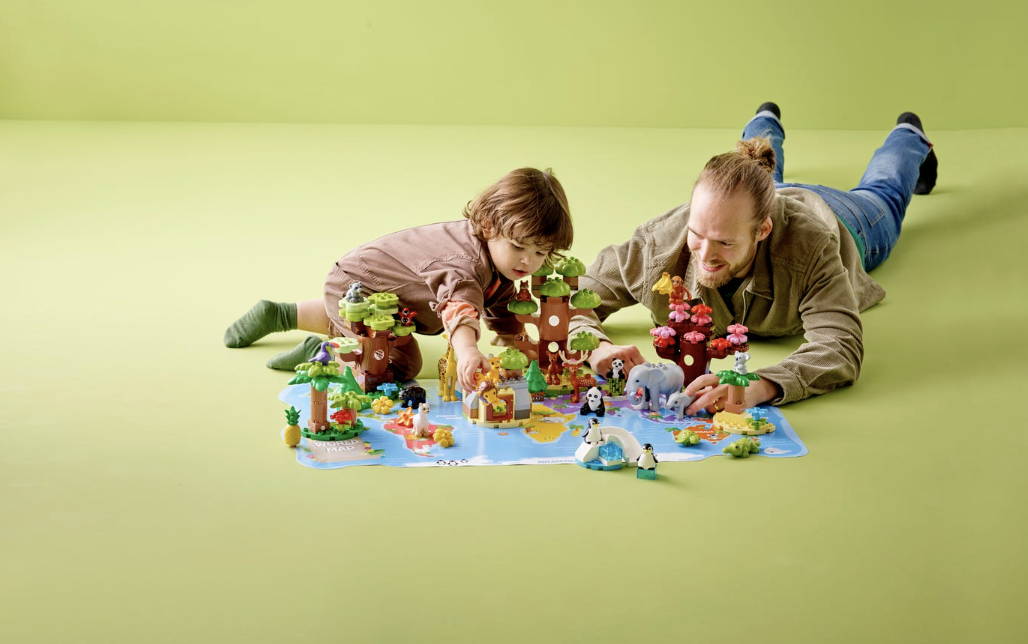
The theoretical benefits of LEGO® therapy are well-documented, but its real impact shines through in the success stories of children who have experienced its transformative power. Here are a few case studies that highlight the profound influence of LEGO® therapy:
1. Jake, Age 9 - Overcoming Social Anxiety: Jake had always been a reserved child, finding it challenging to interact with his peers. Diagnosed with social anxiety, traditional therapy sessions had limited success. However, when introduced to LEGO® therapy, Jake's world began to change. Collaborative LEGO® builds allowed him to communicate without the pressure of direct conversation. Over several months, Jake's confidence grew, and he started initiating play sessions with other children. His mother remarked, "LEGO® therapy gave Jake a voice and a way to connect with the world."
2. Mia, Age 7 - Enhancing Communication Skills: Mia, a child with Autism Spectrum Disorder, struggled with verbal communication. Her therapist introduced her to LEGO® therapy, using the bricks as a medium for expression. Mia began creating scenes that reflected her feelings and experiences. These builds became conversation starters, helping Mia articulate her emotions and thoughts. Her therapist noted, "LEGO® became Mia's language, bridging the gap between her world and ours."
3. Liam, Age 12 - Building Focus and Patience: Liam, diagnosed with ADHD, often found it hard to concentrate on tasks. Traditional teaching methods left him restless and frustrated. However, LEGO® therapy sessions at school captured his interest. The structured nature of the builds, combined with the creative freedom, allowed Liam to channel his energy productively. His teacher shared, "With LEGO®, Liam found a focus. It's amazing to see the intricate designs he comes up with, showcasing his incredible attention to detail."
These real-life examples underscore the versatility and effectiveness of LEGO® therapy. From therapists to parents, the testimonials are a testament to the profound impact LEGO® therapy can have in reshaping lives, one brick at a time.
VIII. Challenges and Criticisms
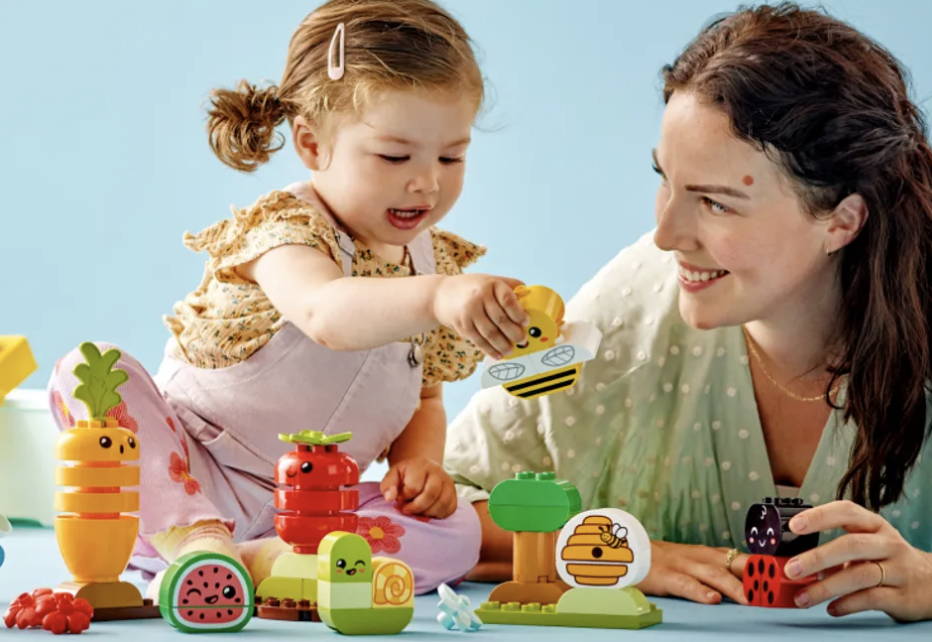
Like any therapeutic approach, LEGO® therapy is not without its challenges and criticisms. While many have lauded its benefits, there are concerns and potential limitations to consider:
1. Over-reliance on Structured Play: Some critics argue that an overemphasis on structured play can stifle a child's creativity. While LEGO® therapy often involves following set instructions, it's essential to strike a balance and allow free play, ensuring children can express their creativity freely.
2. Not a One-size-fits-all Solution: LEGO® therapy may not resonate with every child. Children have diverse interests and needs, and while many may find LEGO® engaging, others might not connect with it as a therapeutic tool.
3. Potential for Overemphasis: There's a risk of viewing LEGO® therapy as a panacea for all developmental and emotional challenges. It's crucial to understand that while LEGO® therapy can be beneficial, it should be part of a broader therapeutic strategy, complementing other interventions.
4. Misconceptions: Some may mistakenly believe that simply playing with LEGO® at home equates to LEGO® therapy. While playing with LEGO® is undoubtedly beneficial, LEGO® therapy involves specific techniques and principles that trained professionals employ.
In addressing these challenges and criticisms, it's vital to approach LEGO® therapy with an open mind, recognizing its potential benefits while also being aware of its limitations. As with any therapeutic method, individualized assessment and a holistic approach are key to ensuring its effectiveness.
IX. Conclusion

LEGO® therapy, with its unique blend of play and therapeutic principles, has emerged as a powerful tool in child development. Its multifaceted benefits, ranging from cognitive and social skills enhancement to emotional well-being, underscore its significance in both clinical and home settings. While it's essential to recognize its limitations, the transformative stories of children benefiting from LEGO® therapy cannot be overlooked. Parents, educators, and therapists are encouraged to explore LEGO® therapy, not just as a playful pastime but as a meaningful intervention that can reshape the developmental trajectory of children, one brick at a time.
X. References
• LeGoff, D.B. (2004). Use of LEGO® as a Therapeutic Medium for Improving Social Competence. Journal of Autism and Developmental Disorders.
• Owens, G., Granader, Y., Humphrey, A., & Baron-Cohen, S. (2008). LEGO® Therapy and the Social Use of Language Programme. Autism Research Institute.
• Kristiansen, O.K. (1995). The Therapeutic Value of LEGO® Building in Child Development. Danish Journal of Play Therapy.
• Thompson, L. (2012). Building Bridges: LEGO® Therapy in Social Skills Development. Child Psychology Today.
• Patel, M. (2017). From Bricks to Skills: The Journey of LEGO® Therapy. International Conference on Child Development and Play Therapy.
Top




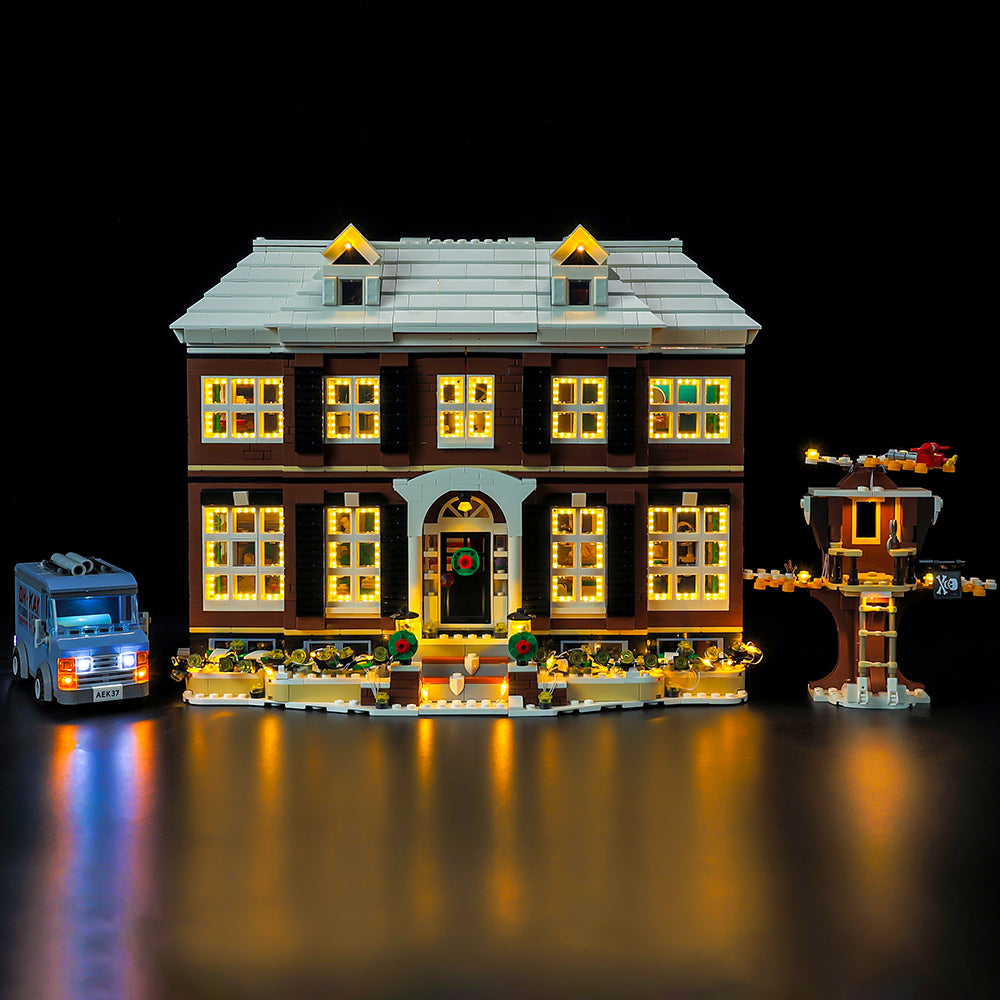







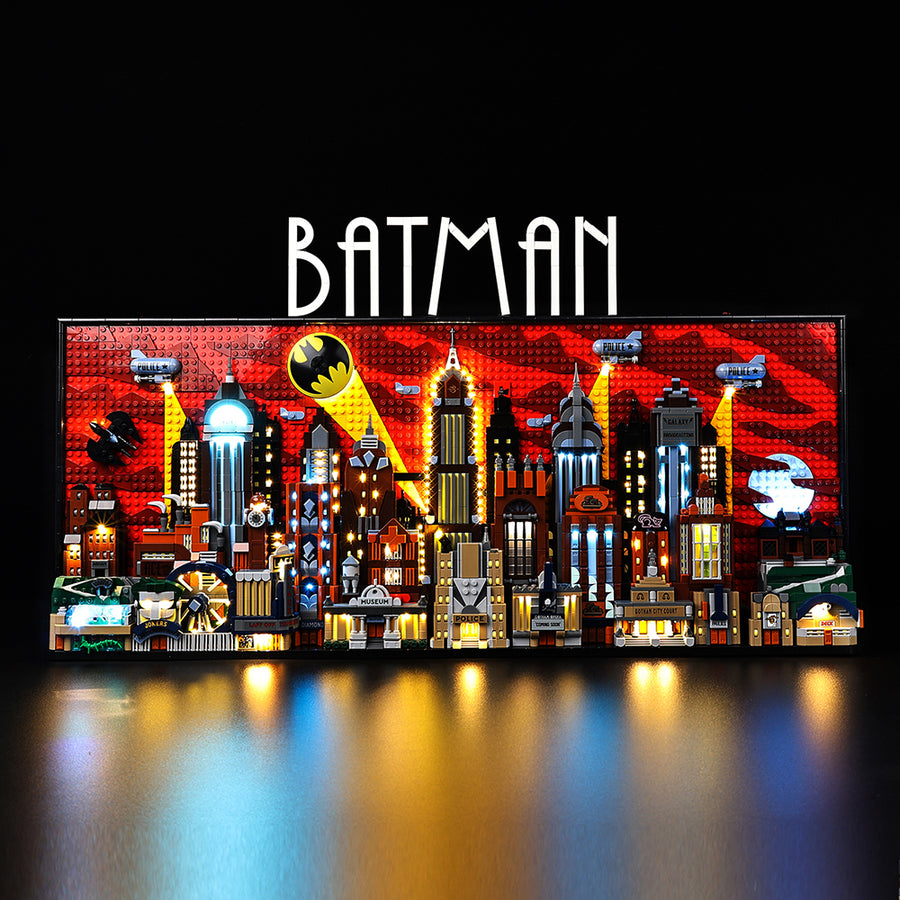
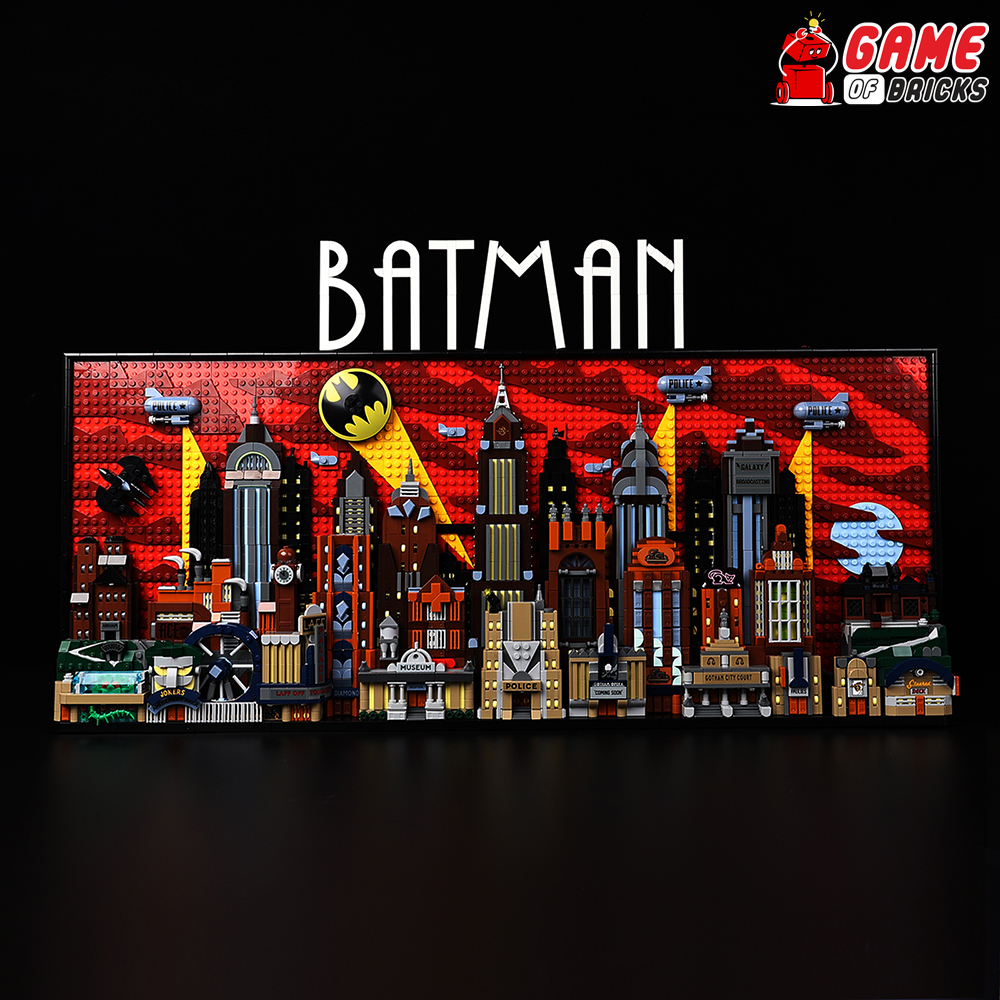
Leave a comment